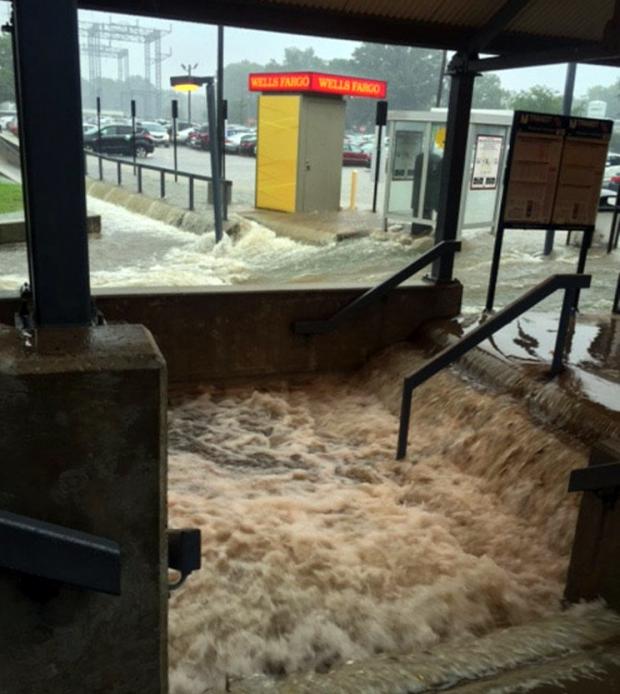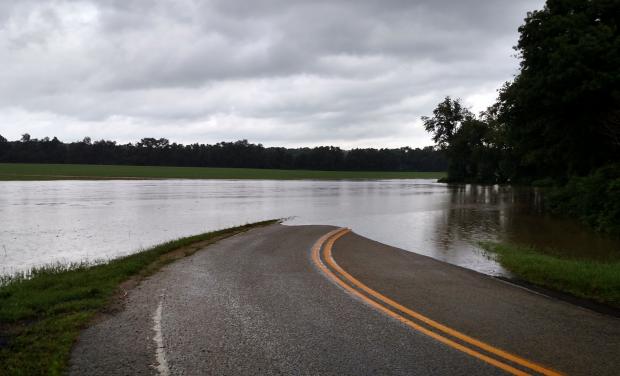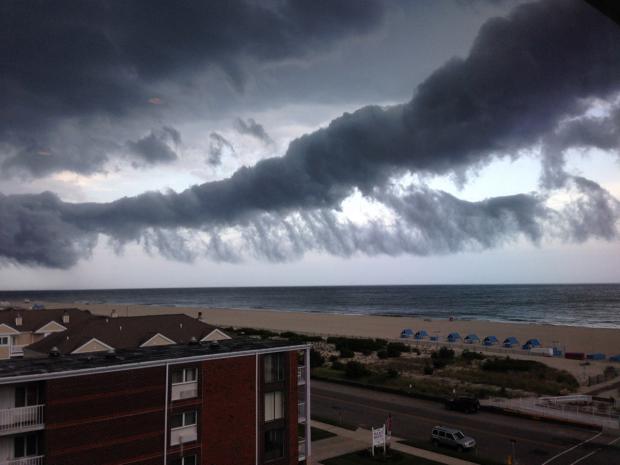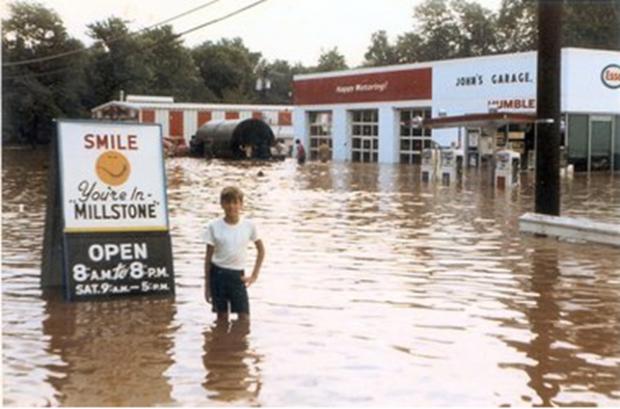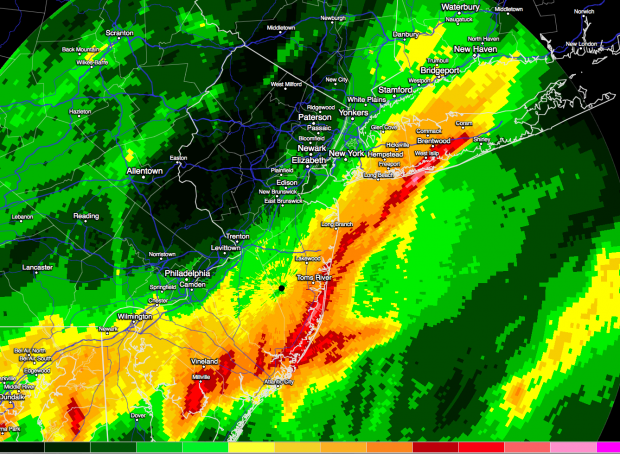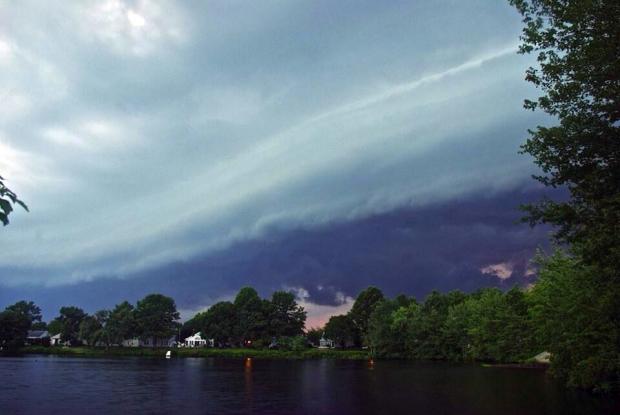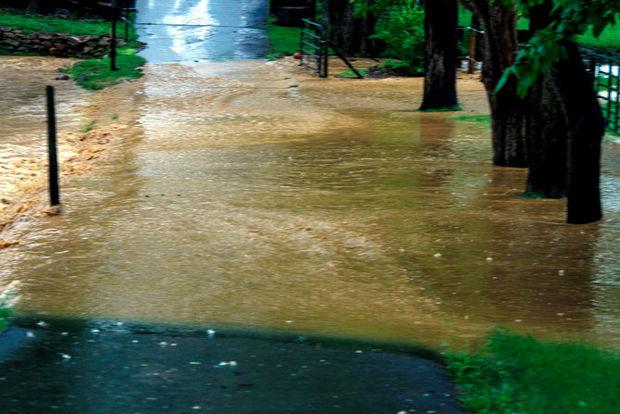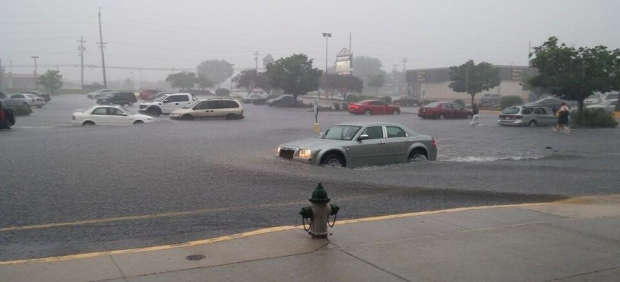Talk of Drought Evaporates: May and Spring 2017 Recaps
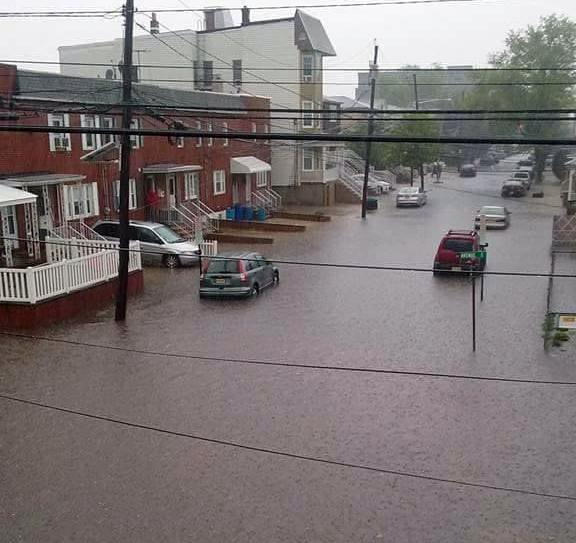
It is always comforting to enter the water demand season, namely summer, with a bit of a hydrological cushion. Such is the case this year across NJ, thanks to ample rain and some late-season snow in recent months. This timely precipitation has eliminated drought concerns that stemmed from drier-than-normal intervals during 2016. As a result of the precipitation deficits, ground water, streamflow, and reservoirs all dropped to precarious levels, thus the issuance last fall of a drought warning by the NJ Department of Environmental Protection over northern NJ and a drought watch in some southern counties. Aside from two reservoirs in west central NJ remaining below average, at the moment all other hydrological signs are positive. However, no one should let their guard down and fail to appreciate the finite nature of our fresh water resources, and how quickly a period of abundance can lapse again into drought.
More will be noted regarding spring (March–May) conditions later in this report. First taking a look at May, New Jersey experienced its 9th wettest on record, with observations extending back to 1895. The statewide average rainfall of 6.62” was 2.63” above the 1981–2010 average and the wettest May since 1990. Frequent clouds and rain resulted in many chilly days, however, a mid-month heat wave was impactful enough such that the average statewide temperature of 59.8° was only 0.7° below the 1981–2010 average. It was the 61st coolest May of the past 123 years, with none cooler since 2008.


